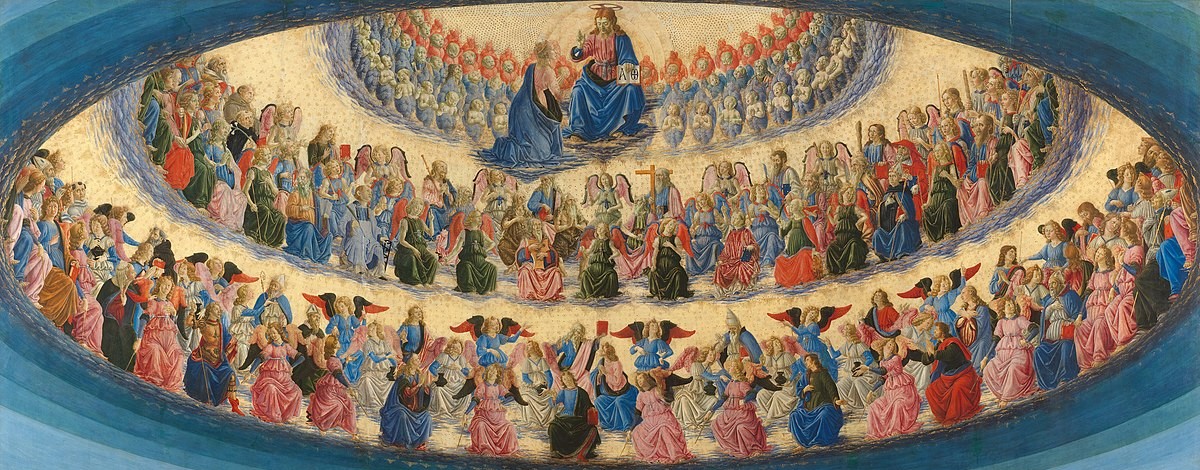Solemnities, Feasts and Memorials
National Liturgical Council

There is a section in the Missal called the Proper of Saints. It contains primarily the feast days of saints, where possible on the day of their death. Other commemorations are included such as commemorations relating to Christ or the Virgin Mary or days such as the conversion of St Paul, Anzac Day, All Souls Day or the dedication of a Roman basilica.
The most important of these days are Solemn Feasts (Solemnities). These days replace a Sunday in Ordinary Time if the date falls on a Sunday. The liturgy is celebrated with music, the Mass includes a Gloria and Creed, and the Liturgy of the Hours begins with First Vespers. Days of the first rank include Christmas, Epiphany and Easter, feasts of the Lord such as the Annunciation, Corpus Christi and the Sacred Heart, feasts of the Virgin Mary such as Mary Mother, Help of Christians and the Assumption, and occasionally the feast of a saint such as St Joseph, Peter and Paul and Mary MacKillop.
A second rank of commemoration is the Feast Day. These are the celebrations of the Virgin Mary or the apostles or other important mysteries (for example, the Presentation or Transfiguration of the Lord). On these days, the Gloria is sung. Both solemnities and feast have their own proper readings.
Most of the saints are at the third level. These are memorials which are either obligatory or optional. For optional memorials, a Collect is given but the other prayers are chosen from the common (for the Virgin Mary, martyrs, pastors, etc). For all memorials, it is best to choose the readings from the weekly cycle in order to maintain continuity, though if there is a special connection with a place or community, the readings given for the saint may always be chosen. Optional memorials are usually only celebrated if there is a reason to do so.
Most of these days will be listed in the General Roman Calendar and therefore will be celebrated in all places on the same date; however different countries and religious orders also have their own proper calendar. For example, in Australia we celebrate Australia Day and Anzac Day, Mary Help of Christians and Mary MacKillop. These may necessitate adjustments in the general calendar.
The commemorations of the saints are an opportunity to hear something about their ministry and holiness and to take them as models for the Christian life. We also ask them to join in our prayers and to intercede for us. Some information about the saint or feast is normally offered at the beginning of the liturgy by way of introduction. The homily and prayers of the faithful can make a connection to the saint, and they can be named in the Eucharistic Prayer.
Image Attribution - Choir of Angels, The Assumption of the Virgin, Francesco Botticini
